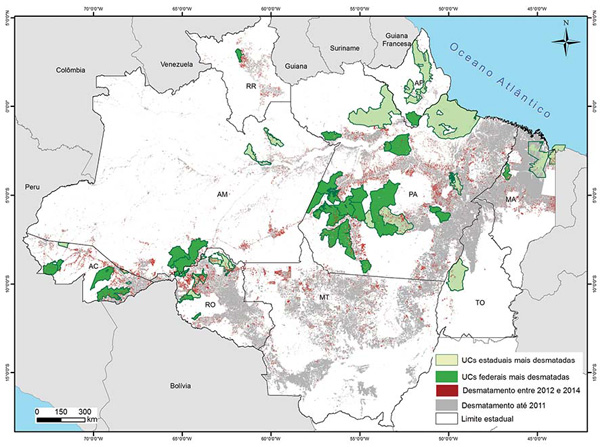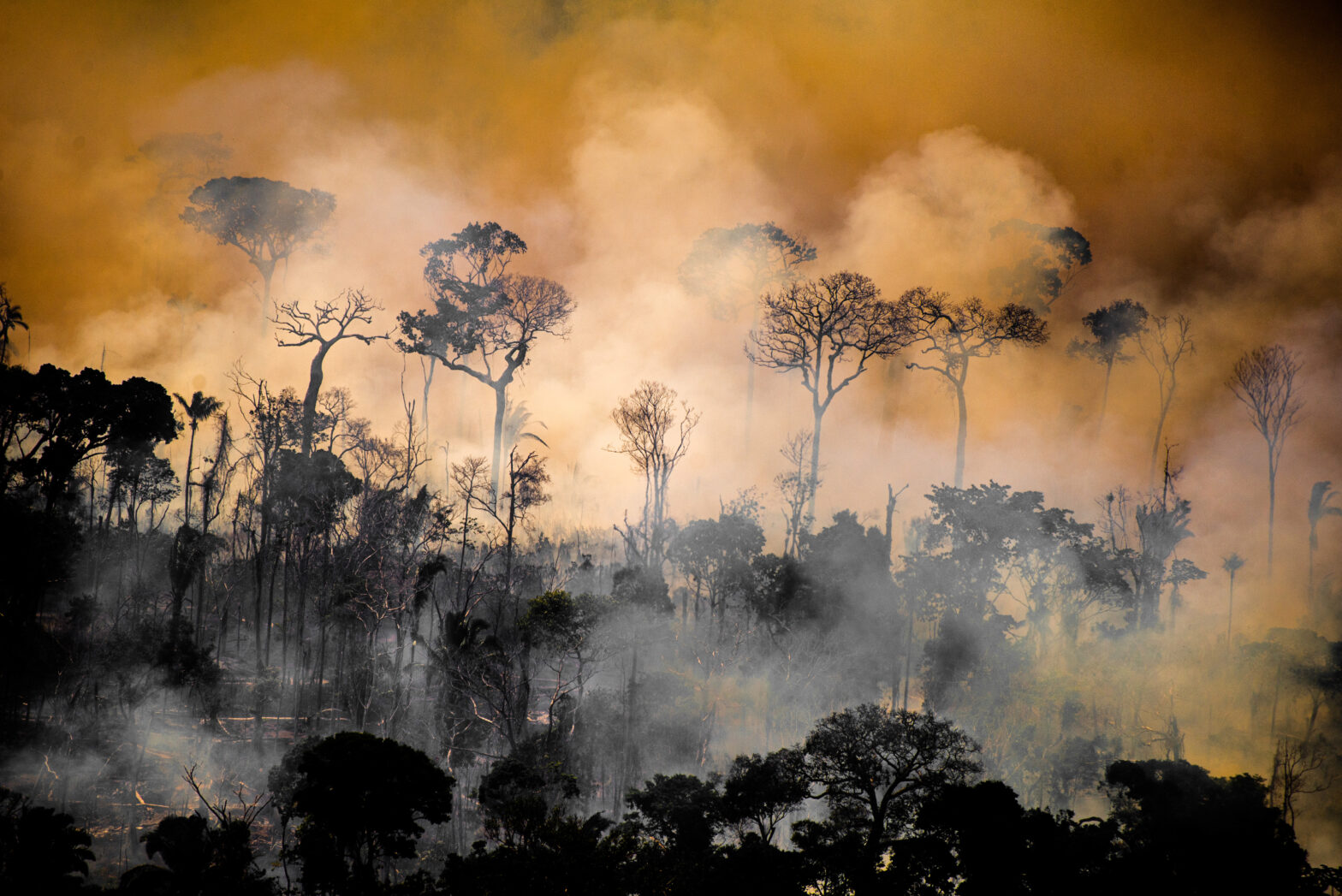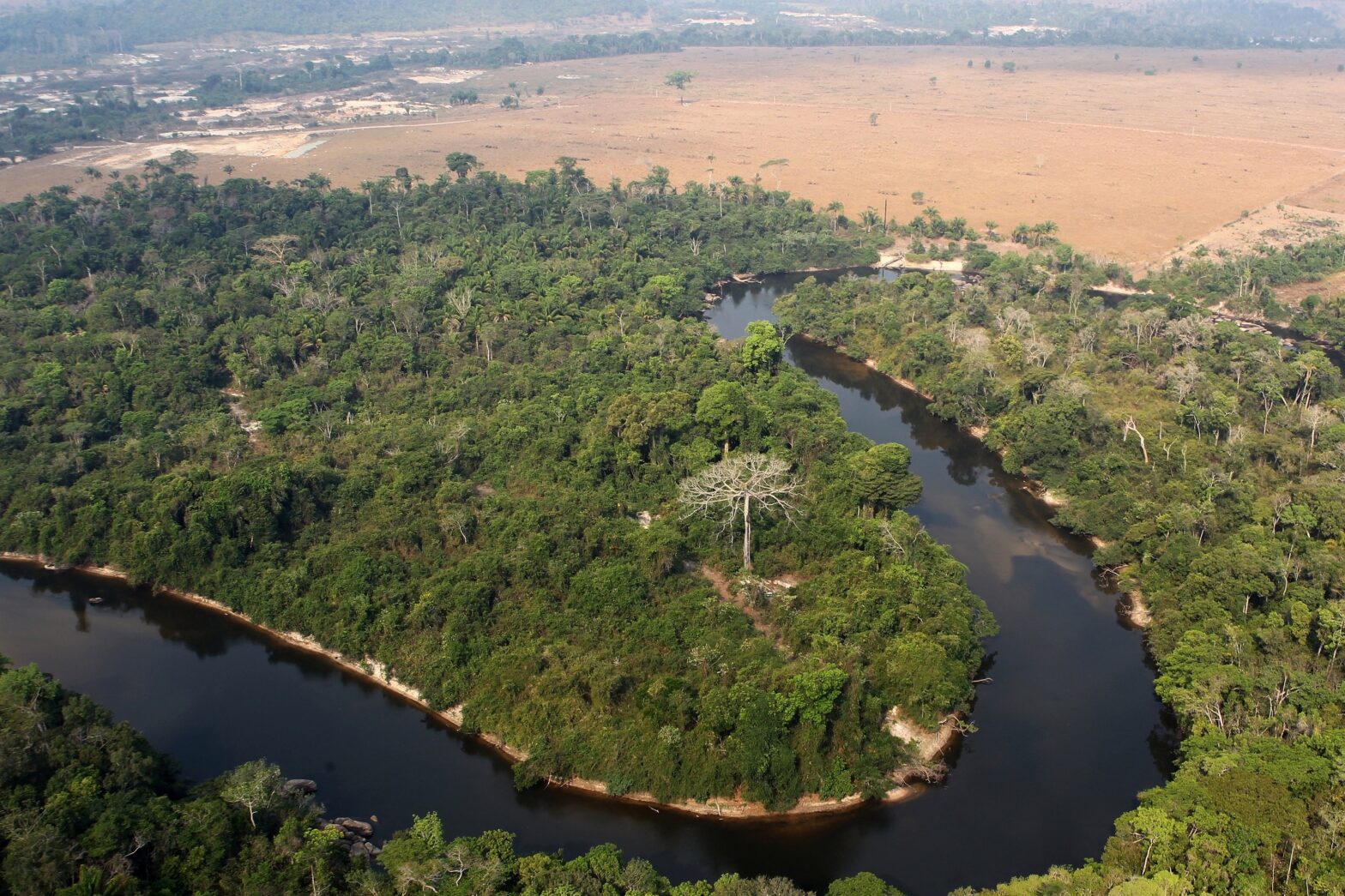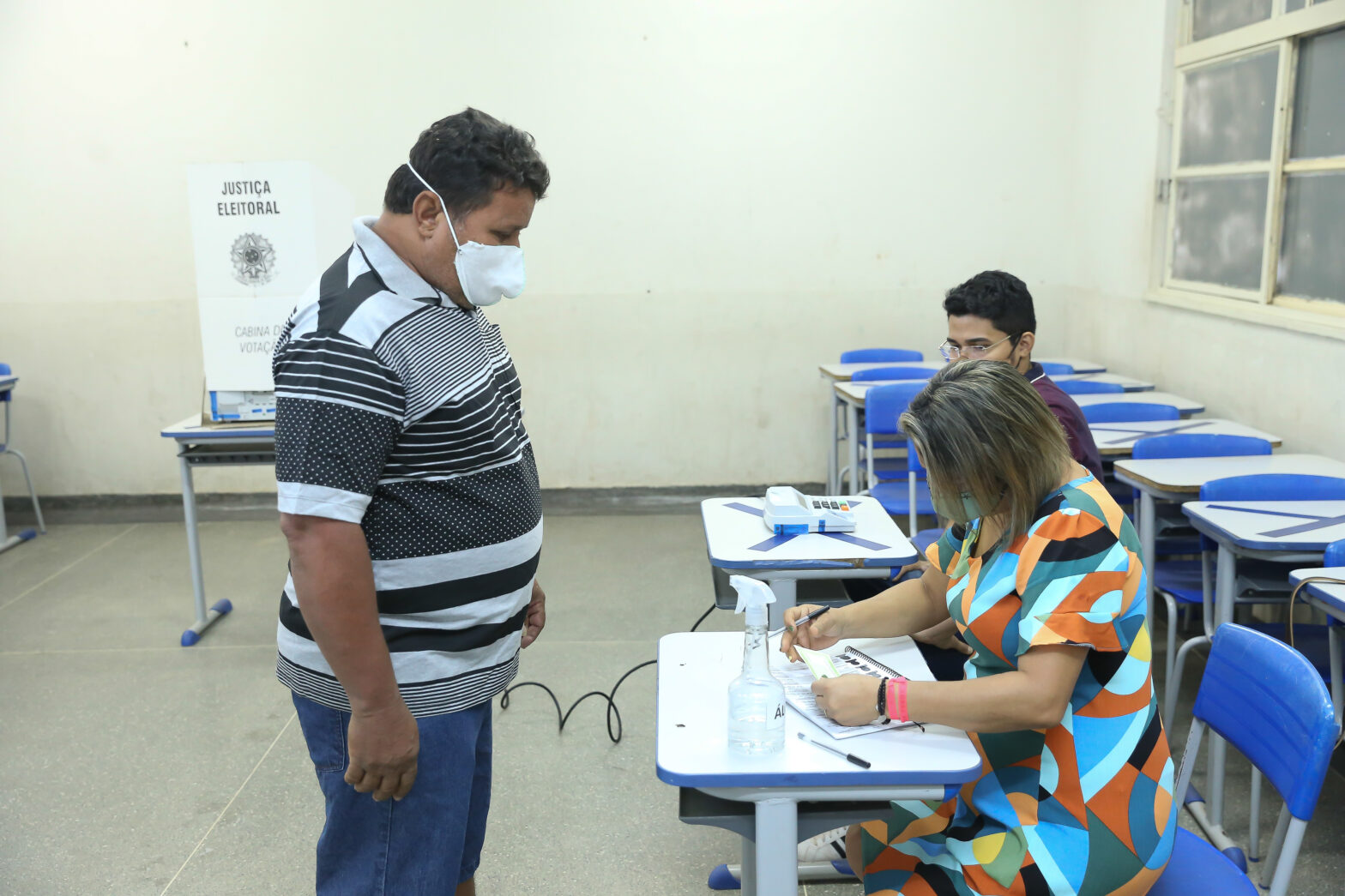Ten percent of deforestation in the Brazilian Amazon between August 2012 and July 2014 occurred in protected areas, reports new research from Imazon.
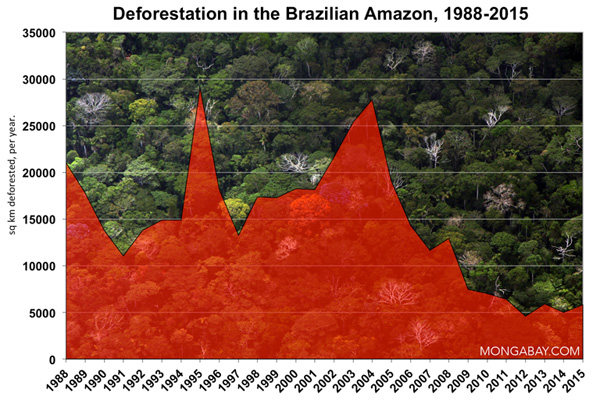
The study, based on spatial analysis, found that 158,400 hectares of the 1.531 million hectares cleared in the Amazon during the two-year period took place within 160 officially designated conservation units. Forest loss was heavily concentrated in 50 of those protected areas, which accounted for 96 percent of deforestation.
87 percent of that loss occurred across protected areas in just two states: Para and Rondonia.
Imazon says loss was highest in areas where infrastructure was expanding or management plans and funding were lacking. As such, the study recommends stepped up law enforcement, eviction of non-traditional settlers from illegally occupied forests, a crack down on fake land titles, and targeted already-deforested lands for state resettlement schemes.
Deforestation in the Brazilian Amazon has fallen sharply off its peak of the 1990s and early 2000s.

While deforestation in the Brazilian Amazon has sharply declined over the past decade, forest loss has been rising steadily in recent months. Brazil’s weakening currency along with a sharp reduction in state funding of a key Amazon protection program are thought to be contributing factors to the apparent reversal.
– This report was originally published in Mongabay and is republished by an agreement to share content.


